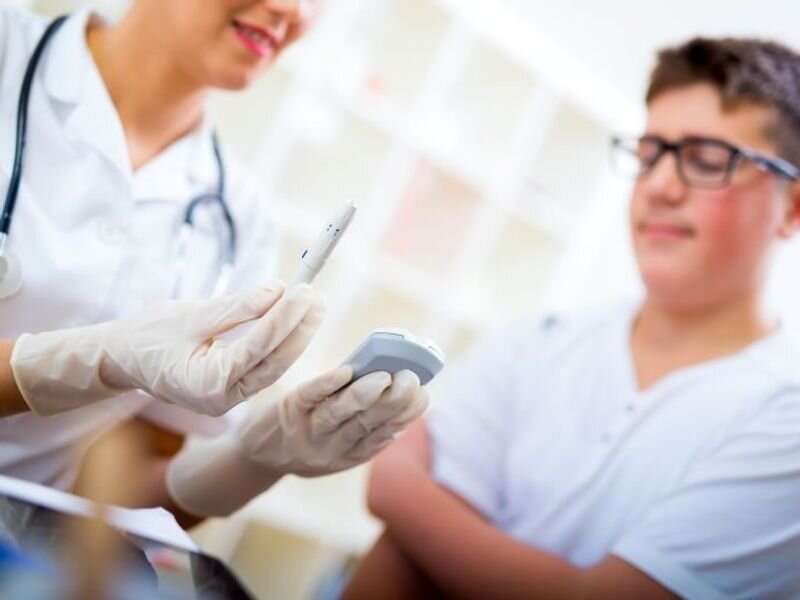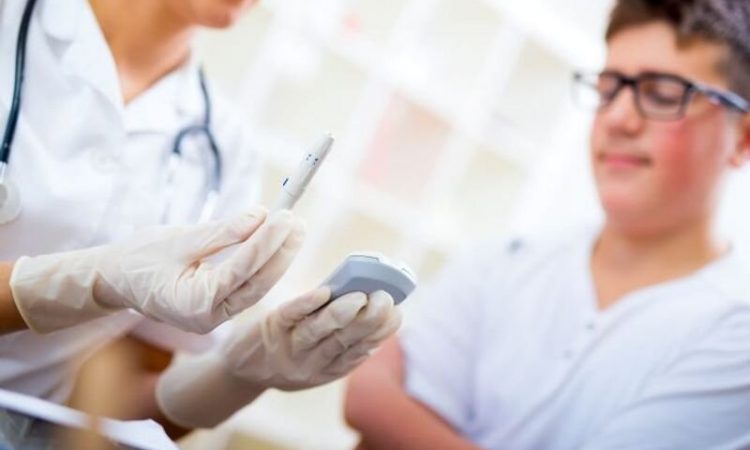
Higher levels of glycemia during childhood are associated with increased risk of retinopathy, according to a study presented at the annual meeting of the American Diabetes Association, held from June 23 to 26 in San Diego.
Laura Vazquez, from the National Institute of Diabetes and Digestive and Kidney Diseases at the National Institutes of Health in Phoenix, and colleagues used data from a longitudinal observational study of diabetes and its complications (from 1965 to 2007) conducted in an American Indian community to examine the association of glycated hemoglobin (HbA1c) and two-hour postload plasma glucose (2-hr PG) obtained during childhood with future diabetes-related microvascular complications of nephropathy and retinopathy. The ability of childhood glycemic measures to predict future complications was compared using areas under the receiver operating characteristic curve (AUCs).
The researchers found that higher HbA1c and 2-hr PG significantly increased the risk of retinopathy in children without type 2 diabetes (T2D) at baseline (hazard ratios, 3.09 per 1 percent and 1.48 per 1 mmol/L, respectively). Compared to those with prediabetes and normal glucose levels, children with T2D based on baseline HbA1c had the highest incidence of albuminuria, severe albuminuria, and retinopathy. The incidence of these complications in those with prediabetes was always higher than in those with normoglycemia among children without T2D at baseline; no significant difference was seen in AUCs for HbA1c, 2-hr PG, or fasting PG, indicating similar ability to predict future complications.
“These findings underscore the value of glycemic screening tests in high-risk children at a time when obesity and diabetes risk factors are disproportionately impacting at-risk communities,” a co-author said in a statement.
More information:
Press Release
More Information
Copyright © 2023 HealthDay. All rights reserved.
Source: Read Full Article
